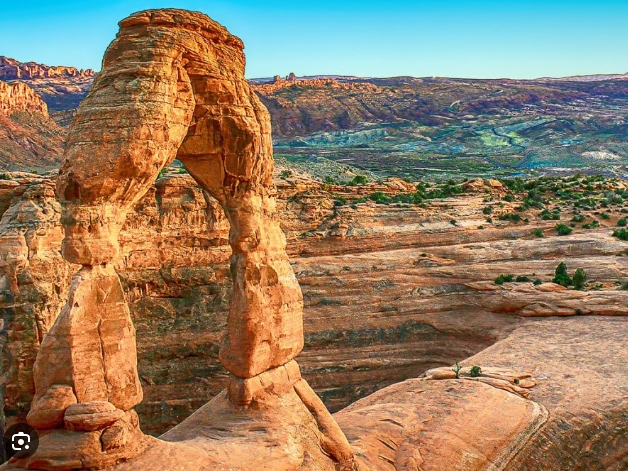The Earth is a complex and dynamic planet with a long and mysterious geological history. Scientists have been studying rocks, fossils, and other evidence to unravel the mysteries of our planet’s past.
Layers of Time
Layers of rock provide a record of Earth’s history, with each layer corresponding to a different time period. By studying these layers, geologists can piece together the events that have shaped our planet over millions of years.
Fossil Clues
Fossils are another valuable tool in understanding Earth’s geological past. Fossils are the remains of plants and animals that lived long ago, and they can provide insight into past environments and ecosystems.
Plate Tectonics
The theory of plate tectonics helps to explain many geological phenomena, such as earthquakes, volcanic eruptions, and the formation of mountains. This theory posits that the Earth’s outer layer is divided into several large plates that are constantly moving.
Climate Change
The study of past climates is also important in unraveling Earth’s geological past. By examining ancient ice cores, tree rings, and other records, scientists can learn about past climates and how they have changed over time.
Human Impact
In addition to natural processes, humans have also had a significant impact on Earth’s geology. Activities such as mining, deforestation, and pollution have altered the planet’s surface and have long-lasting effects on its geological history.
Future Discoveries
As technology advances and new discoveries are made, our understanding of Earth’s geological past continues to evolve. By studying the rocks, fossils, and other evidence that our planet has left behind, scientists are able to uncover the mysteries of Earth’s history and gain a deeper appreciation for the dynamic and ever-changing nature of our planet.

